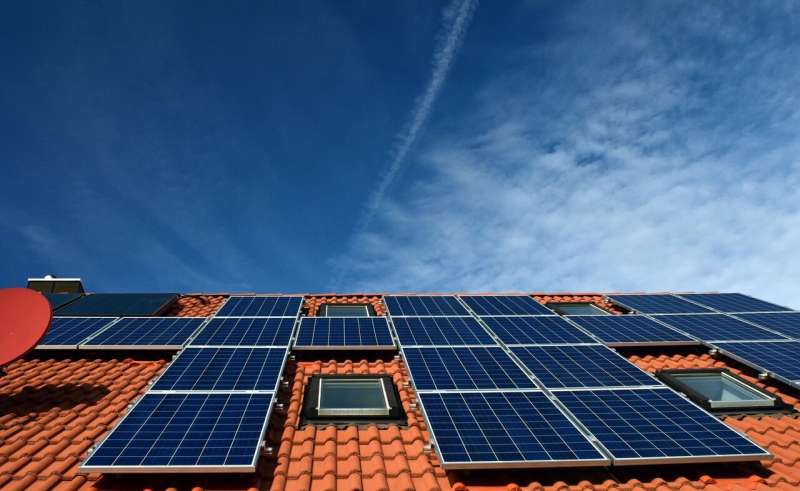Assessing the impact of loss mechanisms in solar cell candidate antimony sulfide selenide
19/05/2022
Credit: Pixabay/CC0 Public Domain
As climate change continues to present itself as the most pressing threat facing our planet, researchers push to find efficient and clean alternatives to fossil fuels. Foremost among this research is harnessing free energy from the sun. Doing this efficiently requires advanced knowledge of the qualities of materials used in the construction of solar cells.
In a new paper published in The European Physical Journal Plus, Maykel Courel from the Centro Universitario de los Valles (CUValles), Universidad de Guadalajara, Mexico, and co-authors, look at the limitations of the material antimony sulfide selenide, which has emerged as a potential candidate for solar cell fabrication.
A semiconductor, antimony sulfide selenide has been intensively studied by researchers working on thin-film solar cells, due to the fact direct optical transitions result in the material possessing a high absorption coefficient. The material's application to devices that convert light into electricity using semiconducting materials is still in its early days, however.
Currently, the efficiency of this material is at a maximum of around 10%, well below 29%, the maximum efficiency expected for this type of technology.
The researchers set about testing the limiting factors that are affecting this efficiency, focusing on the effect of loss mechanisms on antimony sulfide selenide cells using an analytical model.
The team found that for typical parameters chosen for their simulations, electron-hole recombination in a substrate — known as bulk recombination — and interface recombination which happens when two semiconductor bandgaps have a staggered shape, are the main problems that degrade the device performance.
They suggest that materials scientists working on either the reduction in defects at interface or defects at bulk in antimony sulfide selenide devices would not be able to obtain efficiencies greater than 10%. On the other hand, with a carrier lifetime longer than 100 nanoseconds with a recombination speed lower than 1 centimeter per second efficiencies for such technology could top 14%.
Source: https://bit.ly/37S3xgW, via Phys.Org.

